2
nonreciprocal transmission is hard to achieve in conventional media: Lorentz reciprocity [1]
dictates that, in any system with permittivity and permeability tensors that are symmetric, time-
invariant and linear, the transmission between a source and a detector is invariant if these are
swapped. Breaking reciprocity, thus, requires lifting at least one of these conditions. Standard
approaches for light isolation involve applying a dc magnetic bias to magneto-optical materials,
which makes the permittivity tensor asymmetric. More recently, nonreciprocity has been achieved
with time-variant materials, whereby some material properties, such as the refractive index, are
modulated in time [2]–[11]. Finally, reciprocity can be broken by exploiting electromagnetic
nonlinearities [12]–[20]. This approach has recently received significant attention, due to the
absence of any external form of bias and the universal working principle, directly integrable in a
variety of conventional photonic platforms [21]. When an electromagnetic resonator couples
asymmetrically to two input/output ports, the same power injected from different ports gives rise
to different intra-cavity field intensities. In linear systems, such internal asymmetry is not sufficient
to break reciprocity, and the port-to-port transmission remains the same in both directions.
However, if the resonator is filled with a material with nonlinear response, such as an intensity-
dependent permittivity, different intracavity intensities create different permittivity profiles,
enabling large asymmetries in the power flow for opposite directions [21]. Remarkably, this
mechanism does not require any applied bias – in essence it is the signal itself to self-bias the
device – and it does not require any absorption, because the unwanted beam is reflected rather than
being absorbed as required in the case of magnetic-based isolators. While general constraints based
on passivity and time-reversal symmetry prevent these devices from working as conventional
isolators under simultaneous two-port excitation [22], they constitute an appealing technology for
applications such as nonreciprocal routing of pulsed signals [20] and protection of high-power
lasers. Indeed, due to its simplicity and general applicability, the nonlinearity-based route to
nonreciprocity has been successfully demonstrated in various frameworks, such as integrated Si
and InP micro-cavities operating in the near-infrared [16],[20], microwave circuits [19], and
atomic systems [22]–[24]. All the devices investigated so far involve integrated systems coupled
to optical waveguides or transmission lines, since in these devices wave-matter interactions can be
carefully controlled and enhanced, and the typically weak optical nonlinearities can be engaged in
a controllable fashion. A few theoretical proposals [17], [18], [23]–[25] have suggested that these
phenomena may be also translated to optical metasurfaces coupled to propagating free-space plane

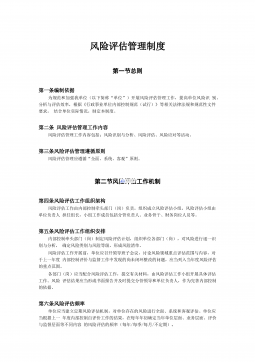

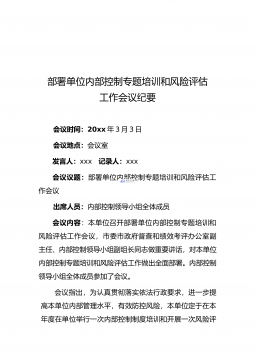



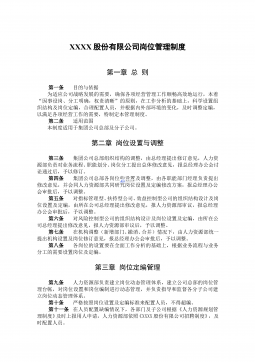
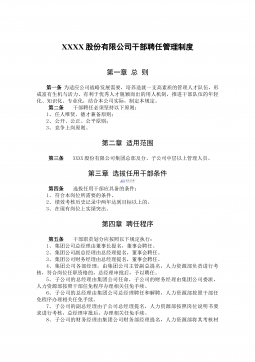
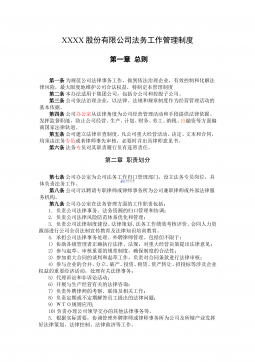
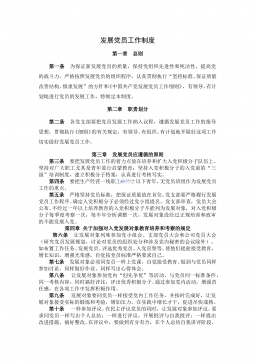
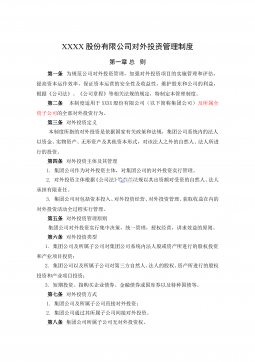
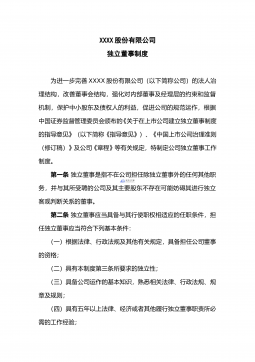
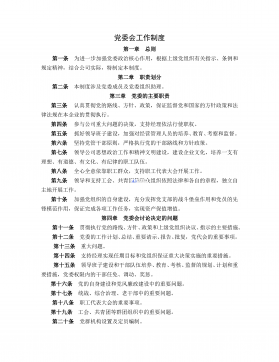
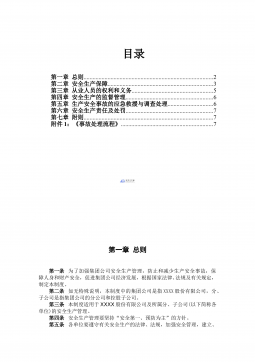

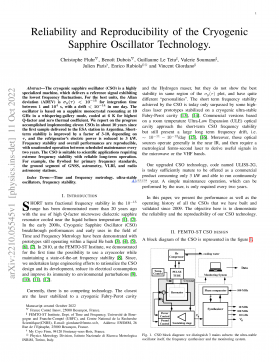

 渝公网安备50010702506394
渝公网安备50010702506394
